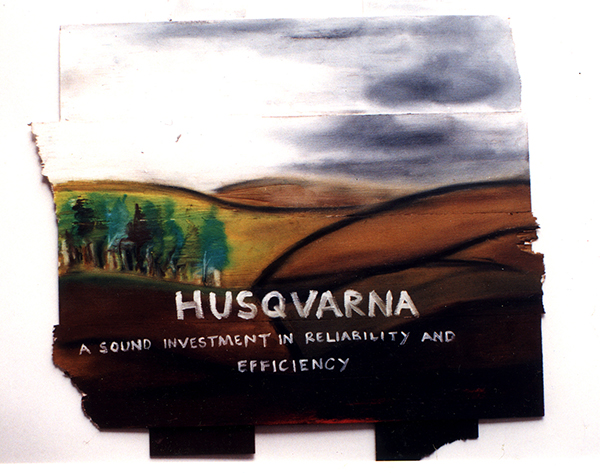Combinations, mixing, mashup, hybrid
Combinations are similar to mixing, mashup, hybrid, blend, merger and fusion etc..
Combinations are everywhere here are a few examples:
This is my favourite technique. As a note I’ve always wanted to use the combination technique to Science, Technology and in Art to create something new since the year 1997 but I didn’t know how to go about it back then and was a little too young to think straight or figure things out. That’s when I discovered the combination and hybrid technique when I was in Art and Design School a lot of years later this was the missing link. You can not only use the combination technique in Art, Science and Technology but other things as well which I have listed below. This technique may not be new to some people but it’s new to me.
Music (mashup)
With music mashups you can combine genres or styles etc… to create something new.
Cooking
With cooking you are combining ingredients together to make food.
Smart phones
With mobile phones you are combining different technologies together like having a camera, torch, music player, facial recognition as well as functioning as a phone.
Hybrid cars
Hybrid cars means combining a petrol engine with an electric motor
Smart TV
With the Smart TV you are combining a web browser, WIFI and third-party streaming services like NETFlex, YouTube etc…
Art and design (combination technique)
I learnt this technique in art and design school. So, I’m going to show how to use it.
As a side note you can use this technique in many places and not just the arts. With a little more thought and practice you can achieve this. Its another way of being creative. The smart phone is a good candidate for this technique because you are using different technologies and techniques in combinations or mixing things together.
Step 1: Start with a given stimuli – The Ti-dee brush – Focus on areas of interest in this case wood

Step 2:
Focus on a subject matter
Concept Focus:
Research Distruction
Step 3:
Research material that relates to destruction and also focus on the aesthetics

Diagram 1

Diagram 2
Step 4:
Create 2D or 3D drawings from your research and reinforce the idea of hybrid. Here I’ve combined diagram 1 with diagram 2 with a few modifications.

Step 5:
Experiment by creating 2D or 3D drawings.


Step 6:
The final conclusion


